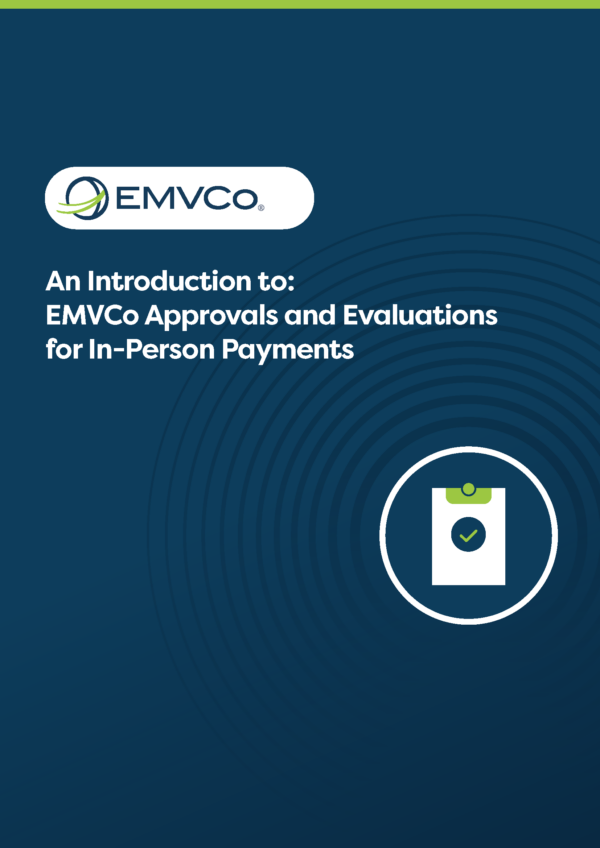EMV® Level 3 (L3) testing aims to validate the integration of an EMV acceptance device with its acceptance infrastructure to help ensure the interoperability of an end-to-end EMV transaction. In this post, Arman Aygen, EMVCo Director of Technology, covers the basics of EMV L3 testing and how EMVCo supports the delivery of seamless and secure chip card payments around the world.
Before exploring EMV L3 testing, it is important to firstly understand the role of EMV Level 1 (L1) and Level 2 (L2).
EMV L1 refers to the communication protocols that enable the exchange of data between the payment instrument and acceptance device. This includes the mechanical, electrical and radio frequency (RF) interfaces.
EMV L2 refers to the software component, commonly known as the ‘kernel’ or ‘payment application’, that resides on an acceptance device or card and mobile respectively. This software contains the set of functions that provide the processing logic along with necessary data to perform an EMV contact or contactless transaction.
Collectively called ‘Terminal Type Approval’, EMV L1 and L2 address different functional aspects necessary for acceptance devices to support EMV contact and contactless transactions.
See related post: What are EMV® Level 1 and Level 2 Testing?
Once acceptance devices are L1 and L2 approved as meeting EMV Chip Contact and Contactless Specifications, and have received a payment application, they undergo EMV L3 testing to confirm that they can be successfully integrated with merchant and payment network systems.
What is EMVCo’s role in EMV L3 testing?
EMV L3 testing aims to validate the integration of an EMV acceptance device with its acceptance infrastructure to help ensure the interoperability of an end-to-end EMV transaction.
Unlike EMV L1 and L2 testing, the L3 test plans are provided by the Participant Systems. This term refers to payment systems and other entities that elect to use the EMV L3 Testing Framework and qualified L3 Test Tools.
While EMV L3 testing is defined by each Participant System’s policies, EMVCo supports this by defining a set of standardised L3 test tool technical components – the EMV L3 Testing Framework – and a streamlined qualification process for L3 test tools.
EMVCo qualified L3 test tools are listed on the EMVCo website for use by acquirers and processors in achieving L3 testing and certification with the Participant Systems.
EMVCo also manages an L3 Participant System Identifier (PSI) service to allow domestic payment systems (and other similar entities) to use the EMV L3 Testing Framework. This service allows entities such as domestic payment systems to include their own EMV L3 testing requirements in an EMVCo qualified test tool alongside those of the international payment systems. It achieves this by using an EMVCo pre-assigned identifier. The EMVCo qualified tools then automatically select and execute applicable tests for that particular Participant System.
What benefit does EMV L3 testing offer the payments industry?
By standardising and qualifying the tools used to perform EMV L3 testing, EMVCo’s work helps to improve the quality of test tools and reduce the time spent testing and certifying the integration of EMV acceptance devices.
Test tools providers can then develop consolidated solutions to perform EMV L3 testing across different payment systems, without the need for repeated test tool qualification.
And for merchants and acquirer processors, a streamlined testing approach means quicker time to market for integrating new, or updating existing, EMV acceptance devices.
* This EMV Insights article, originally posted in April 2022, was updated in October 2025.



